
Many Windows 11 users may face the issue of their monitor not displaying in full screen, affecting both visuals and work efficiency. This article provides effective solutions to help restore full screen display.
1. Restart computer
Before restarting, ensure all unsaved files are saved to prevent data loss.
Click the "Start" menu, select the "Power" icon, and then click "Restart". Wait for the computer to complete the reboot process.
After restarting, check if the display returns to normal. If the issue persists, proceed to the next step.
2. Update Graphics Driver
Outdated graphics drivers may cause display issues; therefore, updating the graphics driver promptly can resolve compatibility problems. It is recommended to use Driver Sentry to automatically detect and update drivers, saving time and avoiding the risk of downloading or installing incorrect drivers.
Click the download button to get the latest version of Driver Sentry. After installation, open the software and click "Scan".
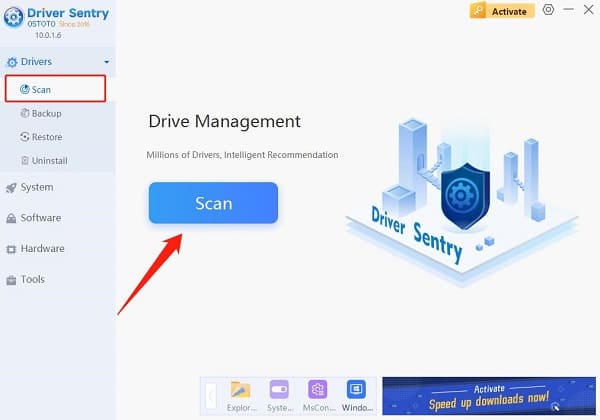
After the scan is complete, it will display which drivers are missing or need updating. Find the graphics driver in the results list and click the "Update" button.
Once the update is complete, it is advisable to restart the computer to ensure the updated drivers function properly.
3. Check Display Settings
Right-click on an empty area of the desktop and select "Display settings".
In the display settings, check the current display resolution. Ensure the resolution is set to the recommended value for the monitor.
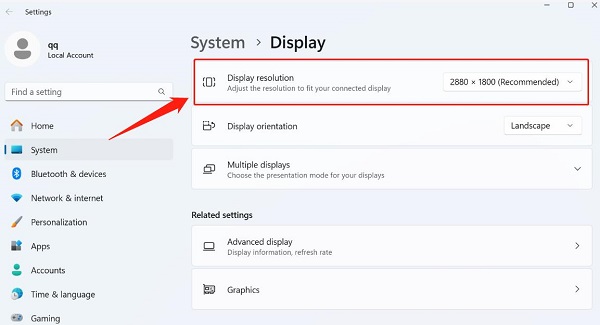
If multiple monitors are connected, make sure to select the correct monitor to adjust and check its display mode (e.g., extend, mirror, etc.).
After making adjustments, click "Apply" to save the changes.
4. Use Nvidia Control Panel
Right-click on the desktop and select "Nvidia Control Panel".
In the control panel, click "Change desktop size and position", ensuring the correct monitor is selected and adjusting to the recommended resolution.
Select "Adjust desktop size and position" and ensure it is set to "Full-screen" mode to avoid borders or black edges.
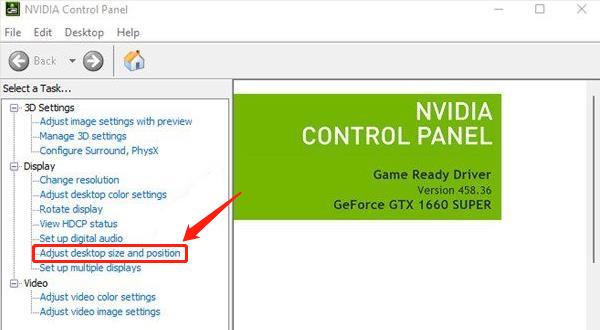
Click "Apply" to save all changes, and then check the display effect.
5. Disable Game Mode
Click the "Start" menu and select "Settings".
Choose "Gaming", and then click "Game Mode".
Switch the "Game Mode" to off to avoid affecting the display of other applications.
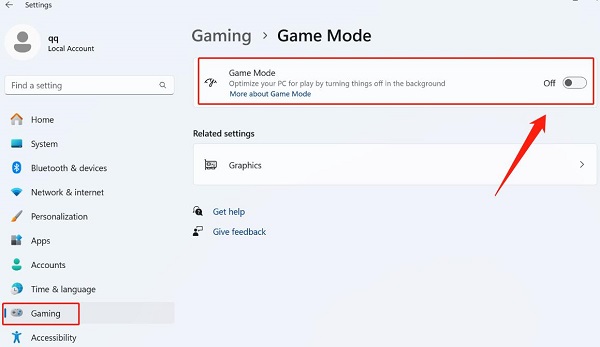
After completing the settings, it is recommended to restart the computer to ensure the changes take effect.
6. Adjust Monitor Settings
Press the menu button on the monitor to access the monitor settings interface.
Adjust the brightness and contrast for better display quality.
If there is an option, try resetting the monitor to factory settings to resolve any configuration issues.
Ensure to save all adjustments so that the monitor can correctly apply the new settings.
7. Update Operating System
Click the "Start" menu and select "Settings".
Choose "Update & Security" and click "Check for updates". The system will automatically search for available updates.
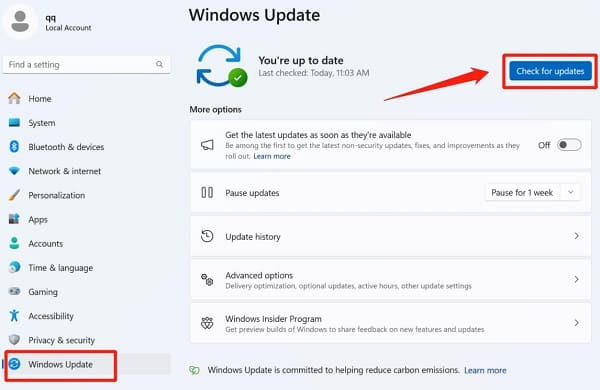
If updates are available, follow the prompts to download and install them, then restart the computer after completion.
After restarting, check if the system is running normally and see if the display issue has been resolved.
These seven methods can effectively fix the issue of a monitor not displaying full screen on Windows 11. Try them one by one to find the best solution. If the problem persists, seek professional support for better display quality.
See also:
How to Fix Ethernet Not Working Issues
8 Ways to Fix Network Latency Issues